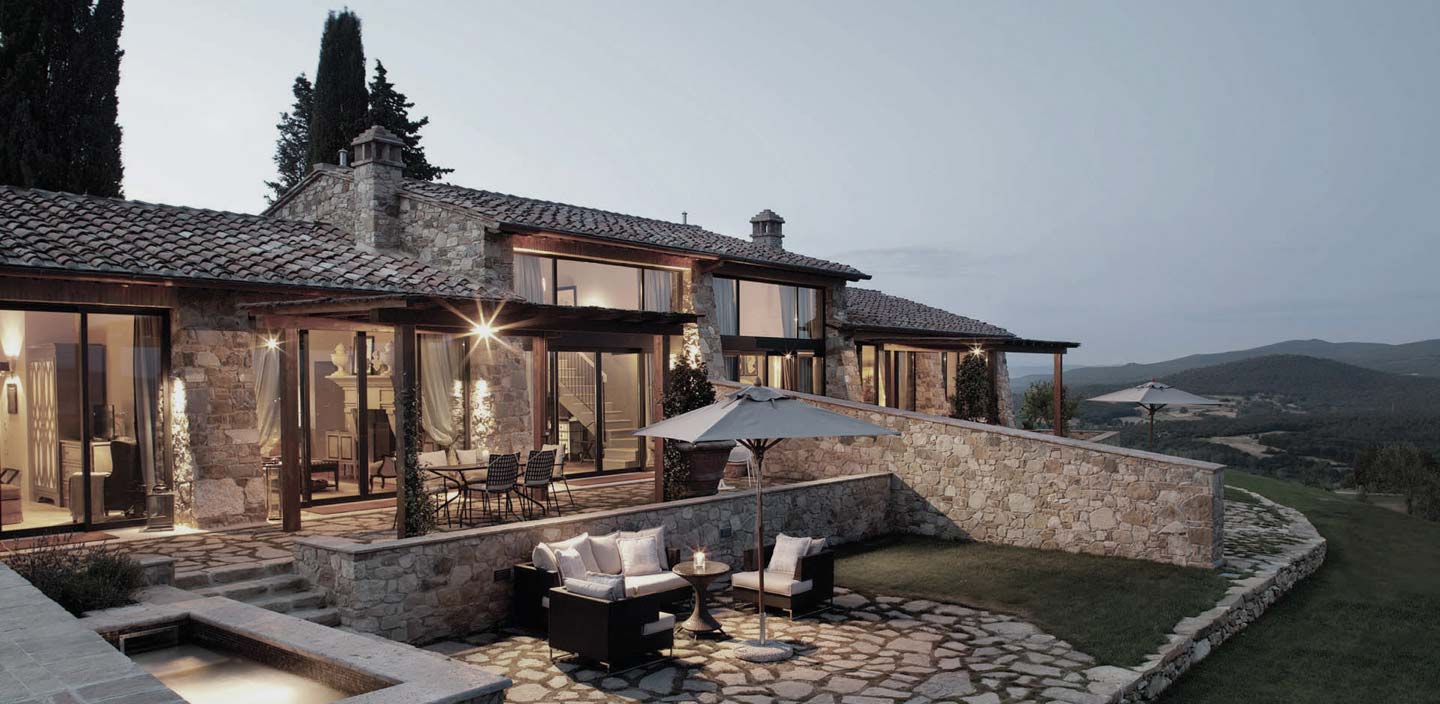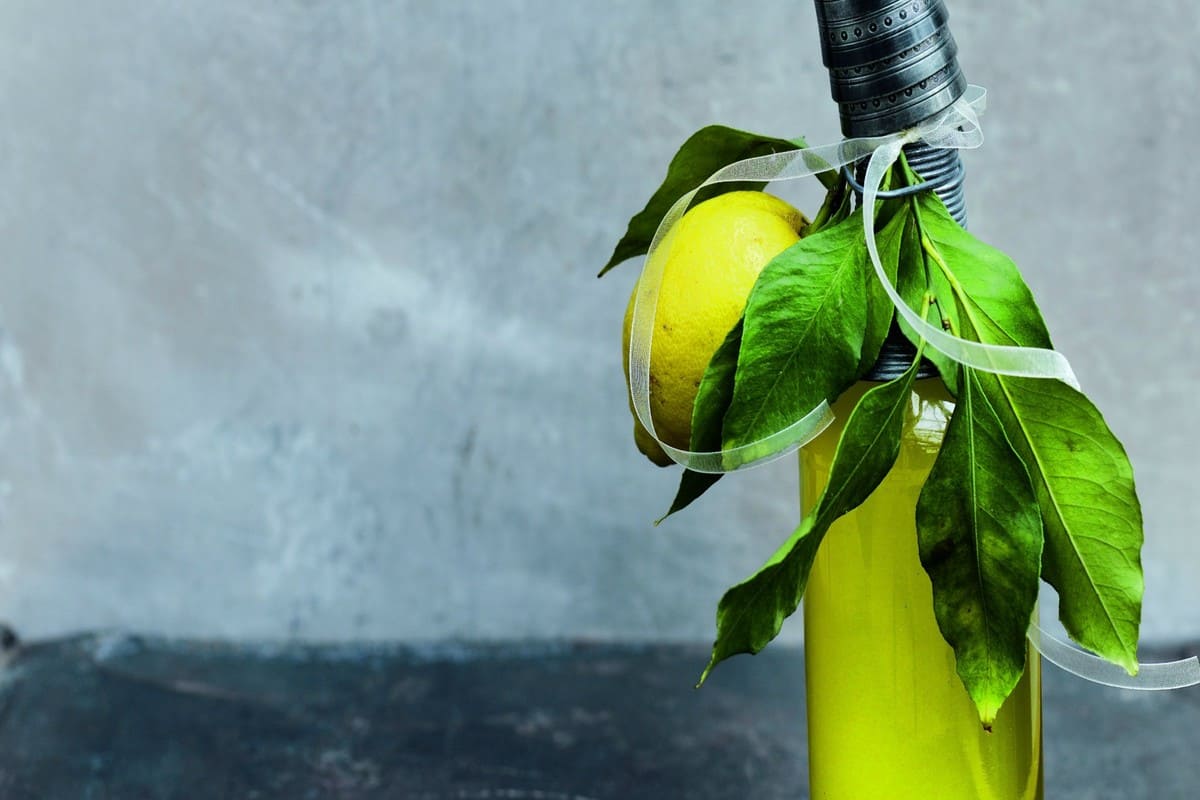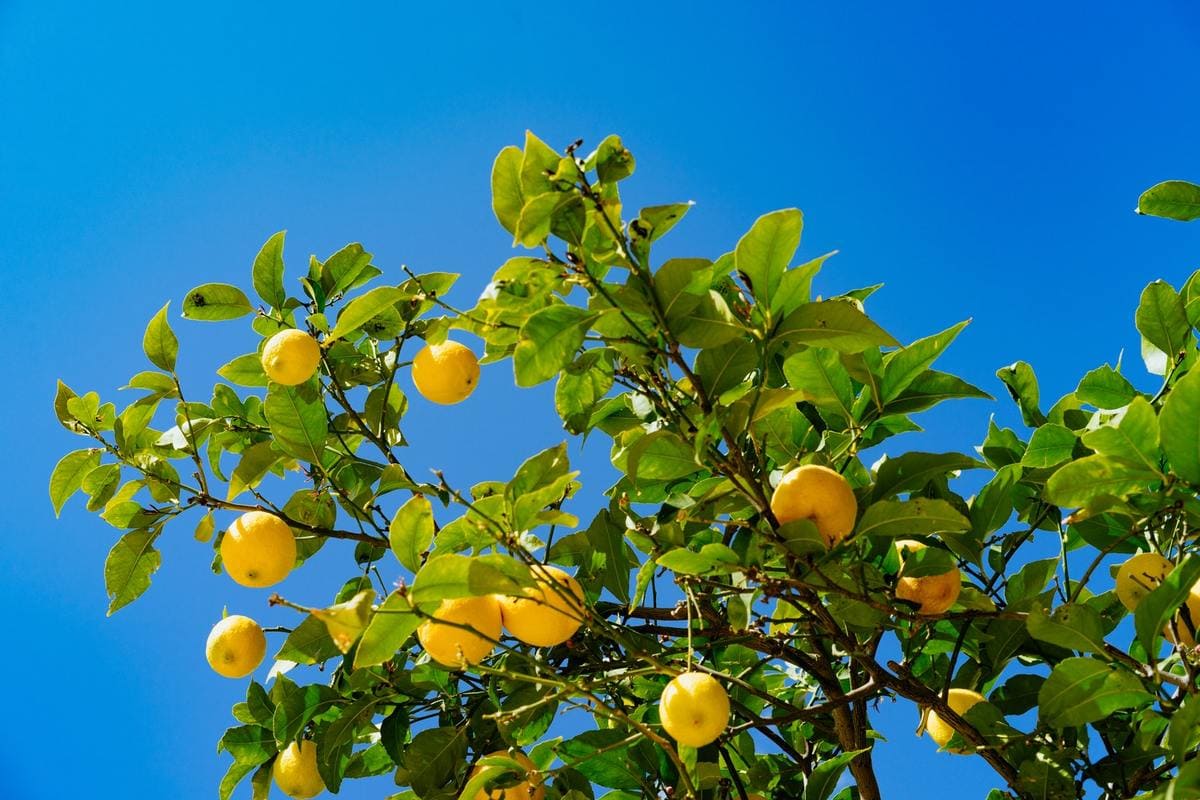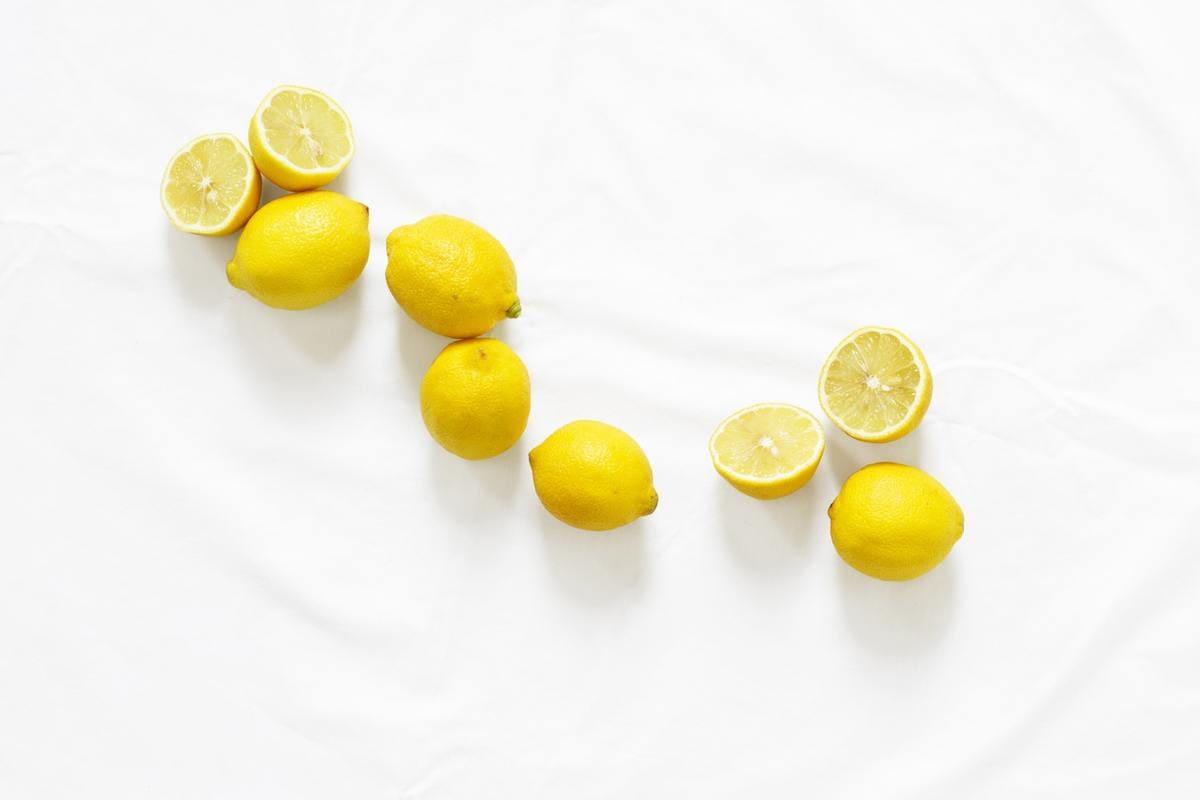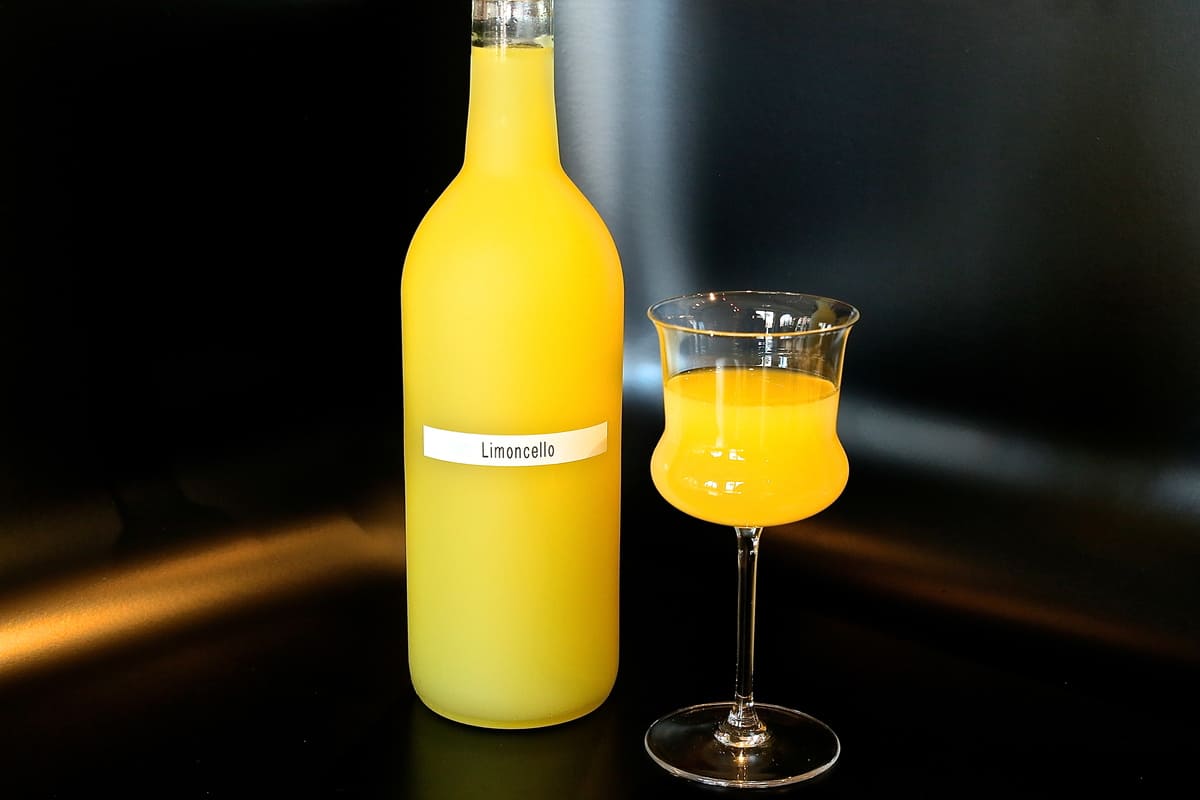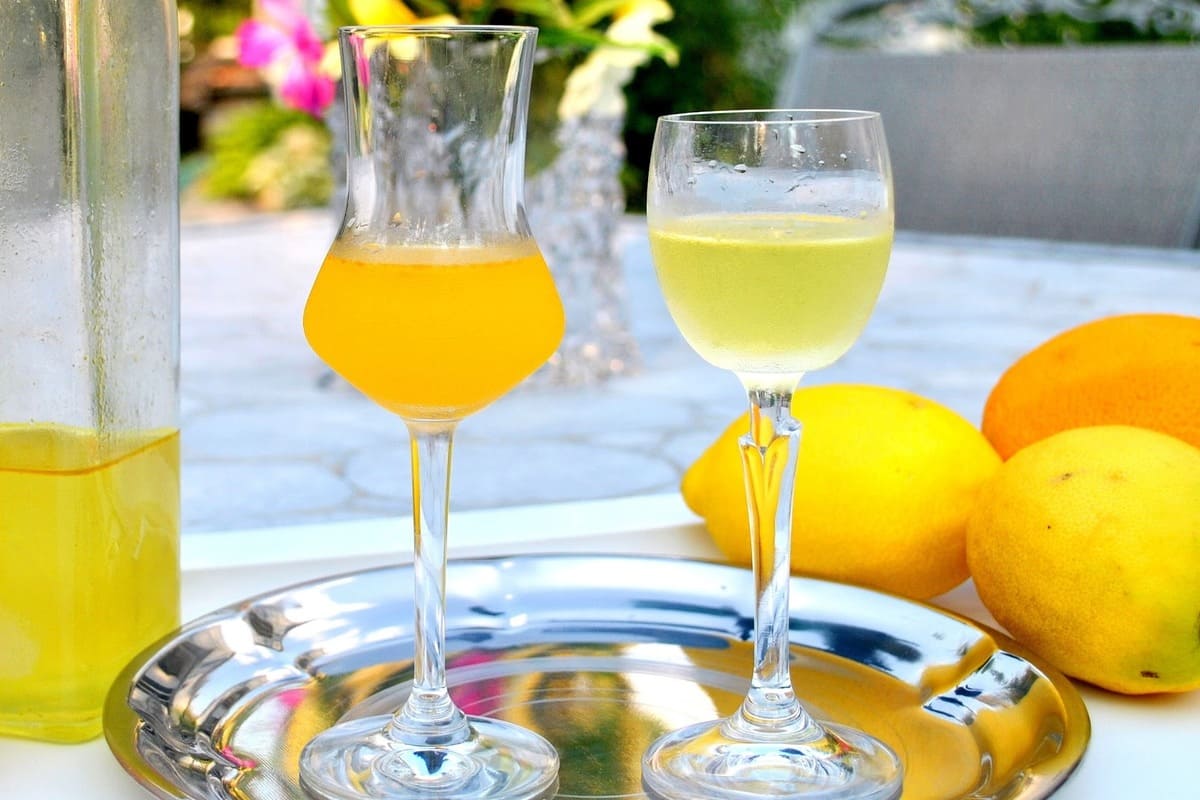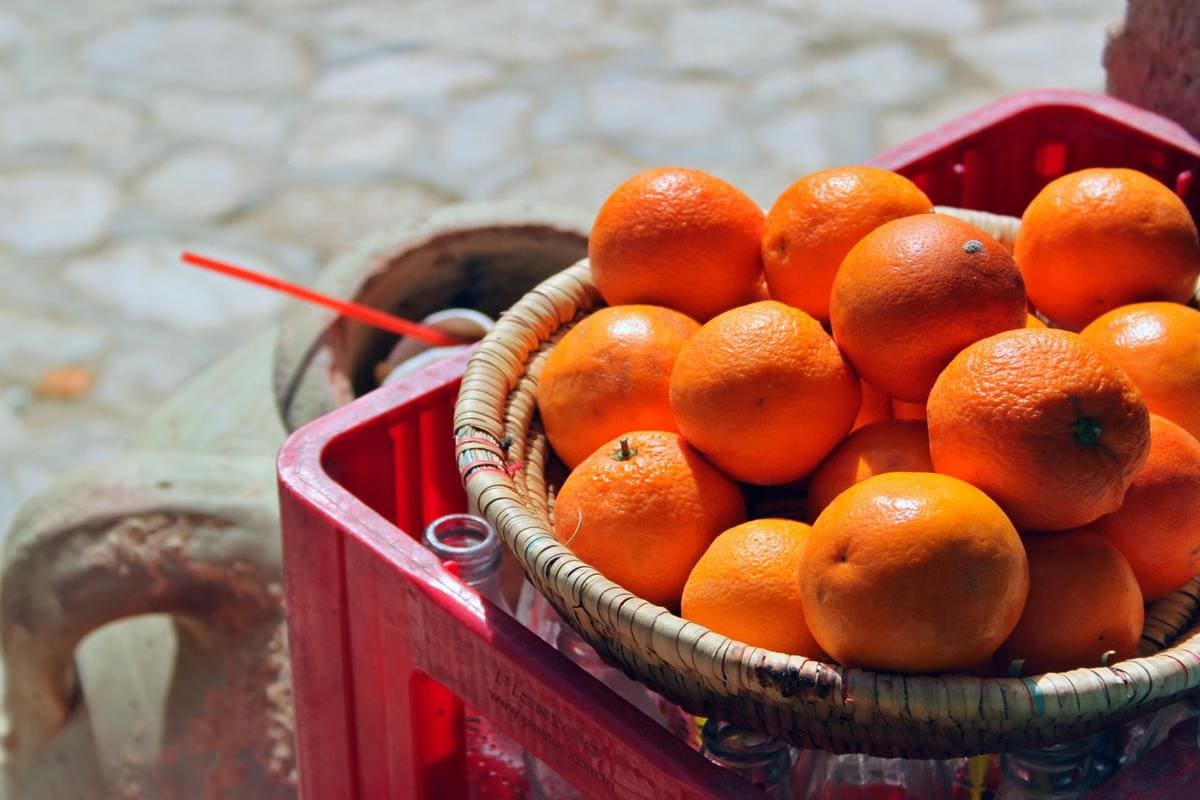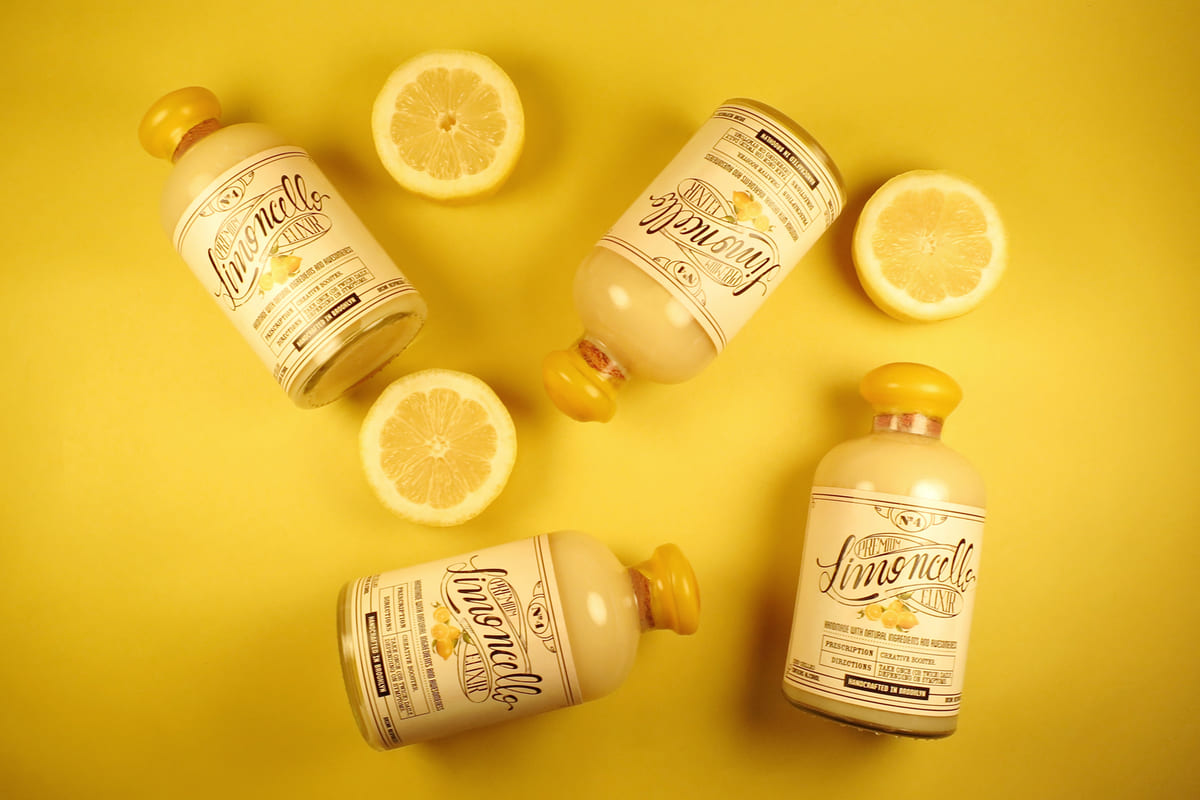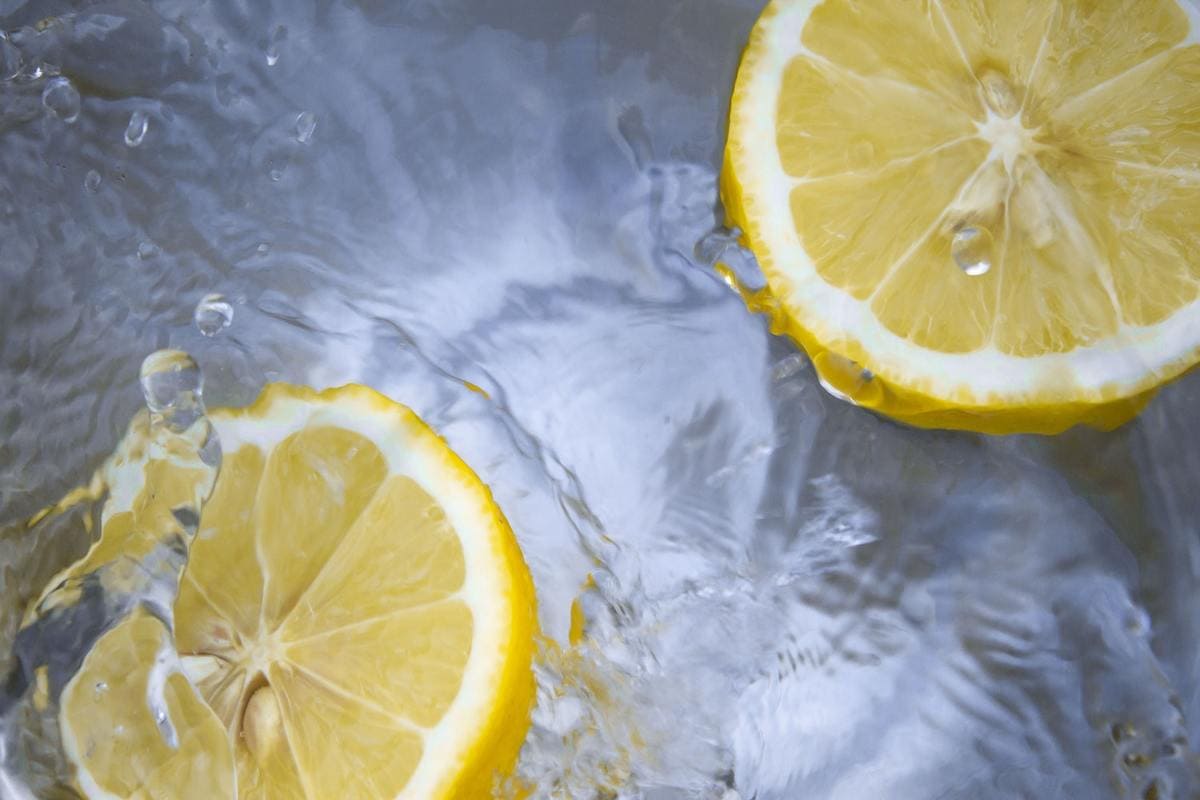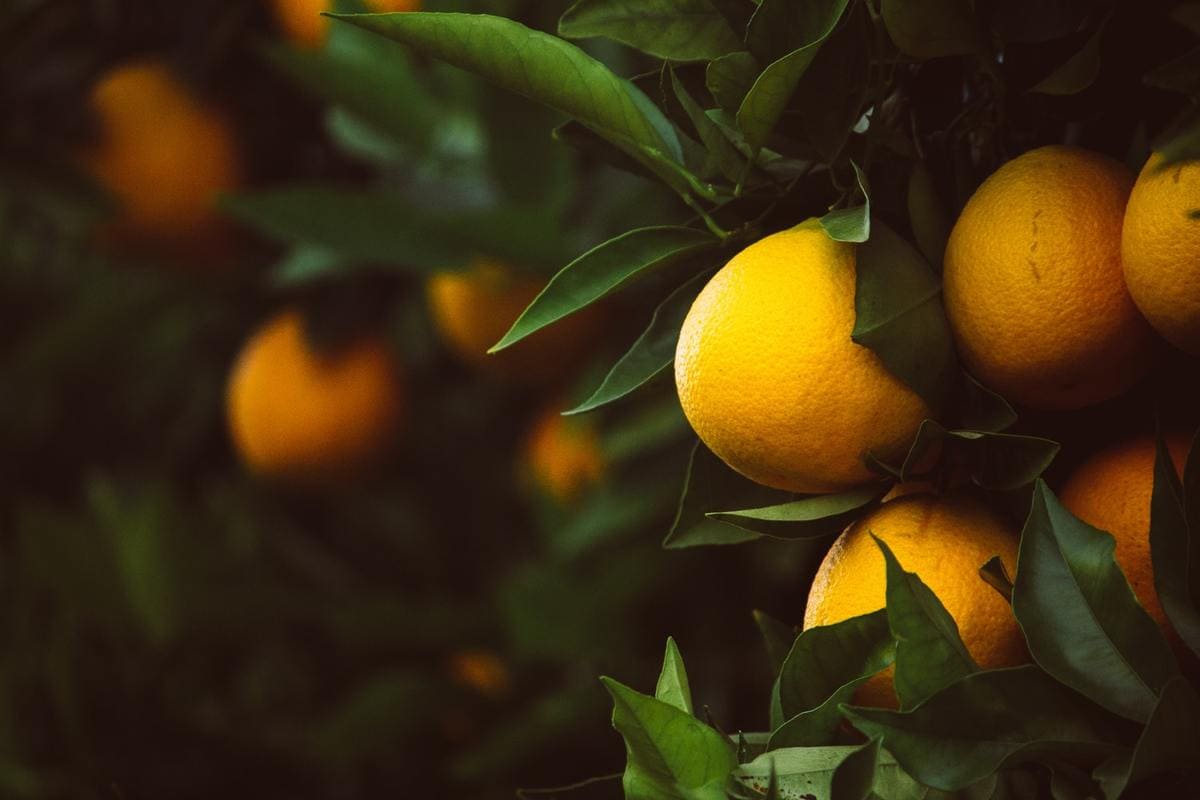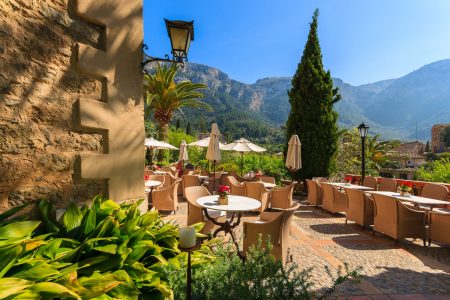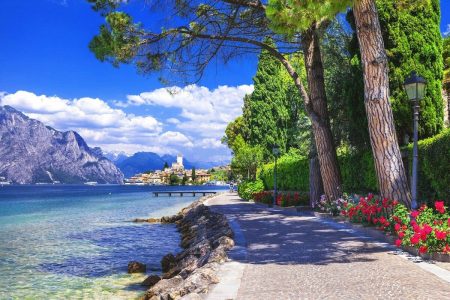Limoncello is the same symbol of Italian taste as pasta, mozzarella, and pizza. Once in Italy, you cannot avoid a «meeting» with this sun-colour liqueur. They serve it almost everywhere. Be sure, you will fall in love with it from the first smack and will finish each dinner with eat asking yourself an intimate question: «What did I find in it?»
Sunny Nectar
Be ready to hear that limoncello has an incredibly ancient history and may have been invented by ancient fishermen to warm up when in the cold sea. However, it is just a myth. In fact, Limoncello appeared in the Italians’ extensive list of gastronomic discoveries not so long ago. This liqueur of an optimistic sunny color can not boast of a rich and long history, like other drinks. It was invented a century ago at the most. However, in the turbulent 90s of the last century, the drink became popular, taking an honorable second place after Campari. Limoncello is made practically by everyone! It can be found in almost every store, it is served in restaurants and taverns, and is just amazingly made by almost every family in southern Italy. It seems very simple: just alcohol, lemon, and sugar. But even if you mix all the ingredients observing the details of technology, you are unlikely to get a drink close to the original. The secret is in lemons growing in the heart of southern Italy, which are larger and more fragrant than we can buy in our supermarkets. It is considered that only Femminello lemons growing on the Amalfi coast, where trees go down the cliffs to the very waters of the Mediterranean Sea, may be used to make the liqueur. This is the place where extraordinary, incredibly fragrant grapefruit-size fruit grow. These giants have a special pimply skin incredibly rich in essential oils. While lemons we know, sweet and small, are ideal for lemonade or for spraying fish and seafood, the southern Italian giants are harsher and more bitter. But it is precisely the species ideal for Limoncello. These lemons grow throughout southern Italy and Amalfi, including Sicily and Capri. So now you know where to look for the best and most delicious Limoncello. We hope you understood the hint about where to get the liqueur.
Only Femminello lemons growing on the Amalfi coast may be used to make the liqueur
The Liqueur Alchemy
Like it or not, but limoncello is a strong drink, 25-30°. But when you drink it, it is like nectar: light and tender. What is the secret? The specific base alcohol, the flavours of which may make any drink better or worse. Usually, limoncello is based on neutral alcohol, so to say, one of organic, natural origin. Alcohols used in limoncello can be made of any plant: be it beet, sugar cane or corn. These alcohols are distilled many times so that the final product is extremely pure. Then, the resulting base is lemon peel-infused. The peel gives the future liqueur its oils and makes it bright yellow. The settled drink is again distilled, filtered, and then mixed with syrup controlling the level of sweetness. The most important indicators of the quality and taste of the famous Italian liqueur are varieties of lemons, the right alcohol, and the ratio of sugar and water.
Limoncello is a strong drink. But when you drink it, it is like nectar: light and tender
Strawberry, Melon or Still a Lemon?
To make limoncello one does not need any special knowledge, difficult distillation, aging, and other tricks. Any Italian who grows the right lemons in his garden can make this drink. Once can endlessly taste homemade versions of limoncello in any private trattoria. Perhaps this is the best and most unforgettable way to enjoy the taste of your favorite liqueur. If you are traveling along the Amalfi Coast, do not limit yourself to the classic version. Try the most delicious limoncello options, such as tangerinecello made of tangerines or melon cantaloupecello. Some of the Italian experimenters even manage to make a drink adding strawberries and even pistachios. You will surely enjoy the creamy version with the addition of milk called crema di limoncello. In short, do not be afraid to try as all versions of limoncello are delicious.
Do not limit yourself to the classic version: tangerinecello made of tangerines or melon cantaloupecello
Emotional Warmth of a Cold Heart
Traditionally, limoncello is served at the end of the meal as a digestive. It is ideal after a hearty Italian dinner and is good for digestion. It is popular as treatment in the south of Italy, just like coffee. Italians will serve it chilled (so if you buy it, do not forget to put it in the fridge) and will even cool the glasses in the freezer. You should also use the right glasses for this drink: small and tall. Whatever restaurant you have dinner at, you will surely get a cold glass of limoncello in the end. This is a standard «procedure».
Italians will serve it chilled and will even cool the glasses in the freezer
Now, with the influx of mixology popularity, bartenders actively use limoncello when making cocktails. To make a light mimosa cocktail at home try adding limoncello to champagne instead of freshly squeezed orange juice. As an option, you can mix liqueur with prosecco or other sparkling wine. You will definitely like the result. Or upgrade the Tom Collins cocktail: try to mix gin with limoncello instead of lemon juice with sugar. A neon yellow drop of Italian liqueur will instantly upgrade your dry martini. Just add a few drops. Why limit yourself only to cocktails? You can add this liqueur to baking and desserts. For example, to ice cream or tiramisu.
Now, with the influx of mixology popularity, bartenders actively use limoncello when making cocktails
Seeking the Truth
And yet, no matter what experiments you make, what you mix, the lemon base remains the most popular today. You will see this when you look for the desired drink in the Italian shops. You will see dozens of different liqueurs and even find entire departments dedicated exclusively to limoncello. It may happen that once having tasted this marvelous Italian liqueur you will completely fall in love with it and will not be able to live without it anymore. When you come home, you will definitely find limoncello on the supermarket shelf and would like to remember your journey. The fact is that limoncello became so popular that they started making it in different countries using ordinary lemons. Therefore, the taste will be completely different from the original. But you can easily avoid disappointment by paying attention to the “made in Italy” mark and the IGP sign telling of the patented geographical name, which is assigned only to products from a certain area. So look for such a sign on the label and you will never be disappointed.
Once having tasted this marvelous Italian liqueur you will completely fall in love with it and will not be able to live without it anymore
